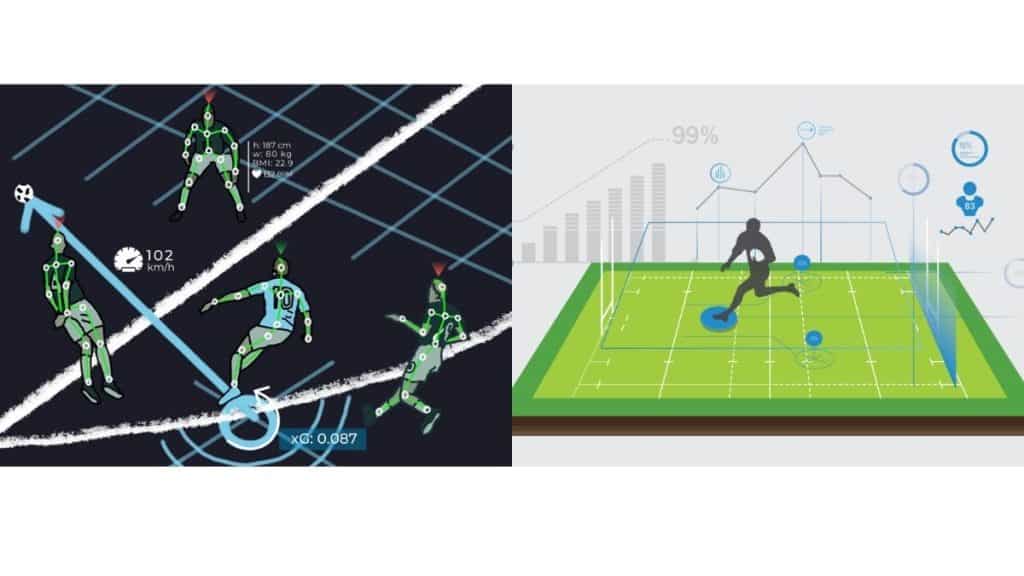Data Analysis in Football – A Brief History

1950
Data analysis was first introduced by Charles Reep in 1950. Midway through watching a match at Swindon Town, Reep started to take notes on what he was watching on the pitch, and he continued this throughout the rest of that season. His notational analysis concluded that most goals were scored after ‘not more than three passes’ – which played a part in the ‘long ball’ game often associated with English Football. Despite his simplistic approach, he was the most advanced football data analyst at the time!
1996
Fast forward to the 1990’s, and we start to see the birth of data analysis as we know it. In 1996 Opta was founded. They had won a contract with Sky Sports to provide statistics for the upcoming TV coverage of the 1996/97 season, and also signed deals with the written press.

1998
Prozone Sports was founded in Leeds, and their work in football started with Steve McClaren who was assistant manager at Derby County. Over time, Prozone evolved from a video based analysis product, to being able to provide thousands of data points in every match.
Today
Both Opta and Prozone still exist somewhat today, under the umbrella of US company ‘Stats Perform’. Sam Allardyce at Bolton Wanderers was another early adopter of data analysis, and it’s no surprise to see that his backroom staff at the time now hold high profile roles within the field. Initially companies were able to provide one data point for every touch of the ball – known as ‘event data’, but that evolved further into several data points per second, for every player on the pitch, as well as the ball. This is known as ‘Tracking Data’.